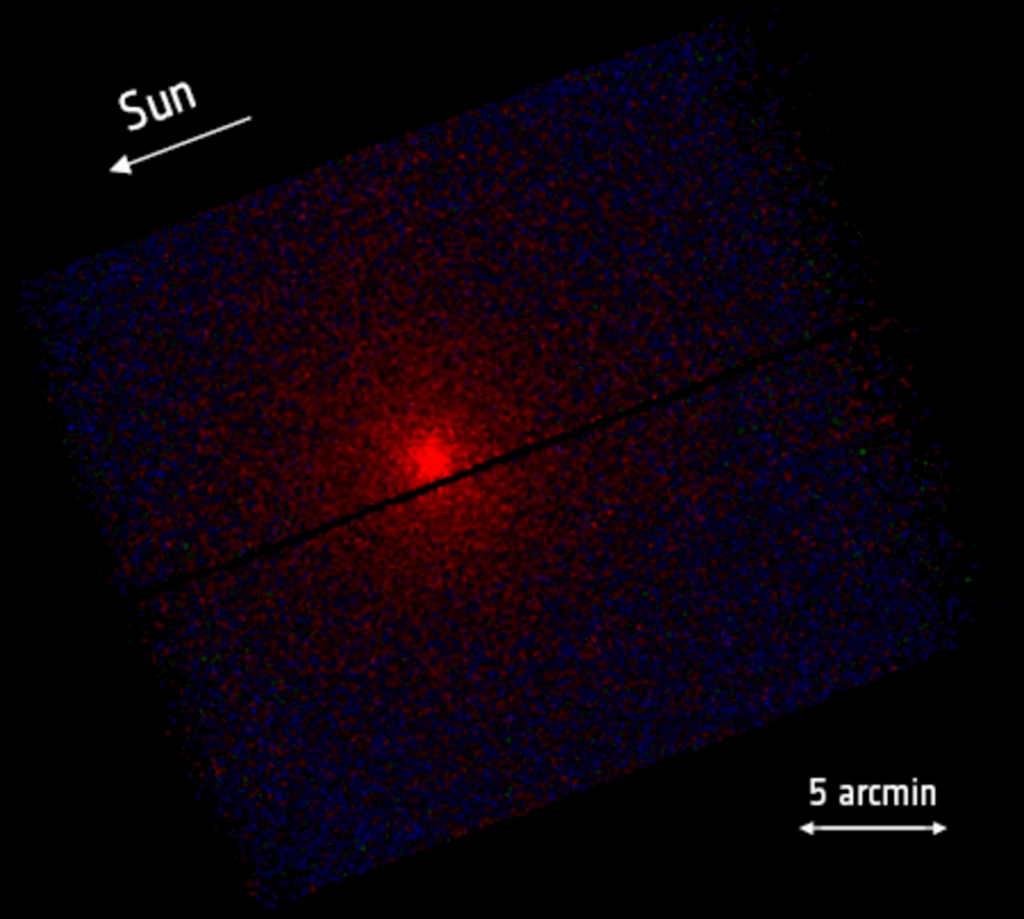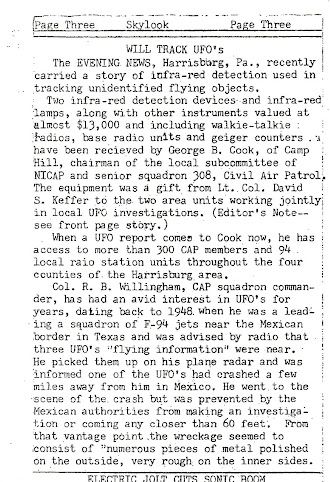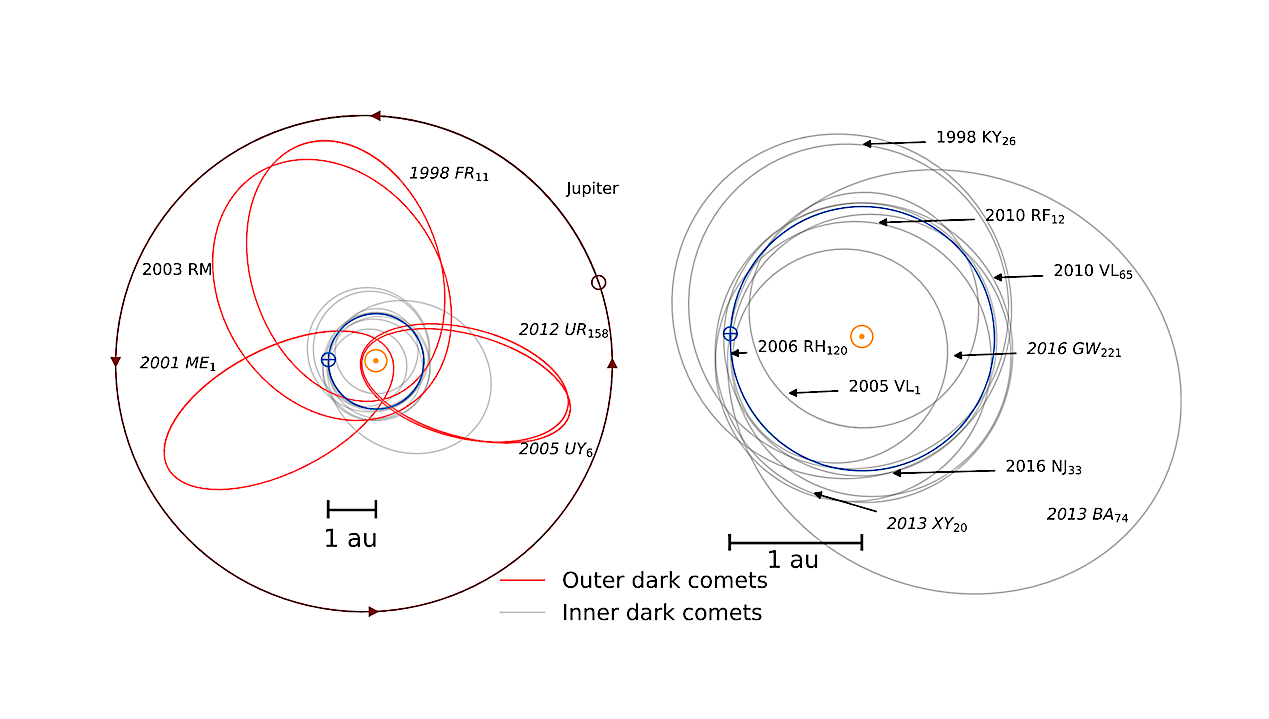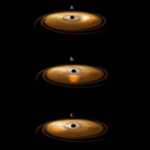Now Reading: Unidentified Drones Surge Over U.S. Military Installations Raising Security Concerns
-
01
Unidentified Drones Surge Over U.S. Military Installations Raising Security Concerns
Unidentified Drones Surge Over U.S. Military Installations Raising Security Concerns
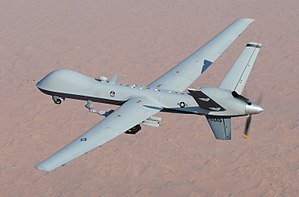
.jpg)
The skies above the United States have become a theater for an extraordinary dance of aerial vehicles, a phenomenon that has evolved into a pressing concern for national security. Reports of unidentified drones hovering over military installations have surged, with an alarming frequency that begs for scrutiny. The narrative surrounding these incidents is riddled with speculation and uncertainty, yet it remains clear that the implications are significant. As sightings proliferate, particularly over sensitive sites such as Langley Air Force Base and other military facilities, we must confront the reality of these incursions.
To grasp the depth of this issue, one must first ponder the sheer scale of the reports. The incursions have been documented at more than 600 occurrences over military installations in the last couple of years alone. This alarming statistic is not just a number; it represents a tangible threat to our nation’s security. Imagine, if you will, a massive drone, perhaps 20 feet long, zigzagging through the air at altitudes between 3,000 and 4,000 feet, all while sounding like a parade of lawn mowers, as described by Air Force General Mark Kelly. The vivid imagery adds a chilling dimension to an already unsettling reality.
What’s particularly intriguing is the dichotomy of knowledge regarding these drones. Officials like Christopher Mellon have voiced concerns about the operational origins of these drones, asserting that the government has yet to establish any link to adversarial nations. Strikingly, the Pentagon has explicitly stated that these incursions do not appear to be actions taken by foreign adversaries or even part of the U.S. military’s arsenal. This raises numerous questions about who is operating these devices, and to what end?
Ponder the implications of these drones operating with apparent impunity. They were sighted over critical military exercises and even around nuclear plants without any clear identification. In one notable case, drones were reported in the vicinity of the Palo Verde Nuclear Power Plant, flashing red and white lights, yet they remained unchallenged. Such incidents not only highlight a gap in aerial surveillance and control but also indicate a potential weakness in national security protocols. The notorious case of drones at Anderson Air Force Base in Guam illustrates this concern further, as they observed drones displaying bright spotlights hovering over sensitive military technology.
Adding to the complexity is the involvement of air defense systems that appear helpless against these incursions. The lack of recorded engagements with these drones, despite their high-altitude flights, indicates a disconcerting gap in our defensive capability. For example, there have been reports of drones operating at altitudes between 24,000 and 28,000 feet, clearly breaching FAA regulations, yet no coordinated efforts have been made to bring them down. This absence of action raises eyebrows; why are these drones allowed to hover freely, potentially gathering intelligence, and posing threats to air navigation?
Highlighting the paradox of the situation are statements from military leaders. General Gregory M. Guillot indicated that the North American Aerospace Defense Command (NORAD) has limited authority regarding unmanned aerial systems (UAS), which raises questions about jurisdiction and the chain of command when it comes to responding to these incursions. This bureaucracy often translates into inaction, which could be disastrous if left unchecked.
As the U.S. grapples with these aerial enigmas, it’s crucial to think the broader implications of drone technology on warfare and national defense. The Predator drone, for instance, showcases capabilities that are both formidable and disconcerting. These drones can fly high above battlefields, operate stealthily, and be controlled remotely from thousands of miles away. If our military possesses such state-of-the-art technology, one must wonder about the drones prevailing in our airspace. Could they be prototypes of new technology, or perhaps even foreign designs testing our responses?
The question persists: are these drone sightings merely the tip of the iceberg in a far more extensive network of surveillance or reconnaissance activities? With testimonies surfacing from various military and civilian pilots alike, the consensus leans toward a profound level of mystery surrounding these operations. As the public bears witness to these unexplained phenomena, the need for a transparent government approach becomes vital. In an age where information is readily accessible, the silence surrounding these incursions only fuels speculation and fear, both of which can have detrimental effects on public trust.
The situation demands urgent attention. It isn’t merely about identifying and neutralizing potential aerial intruders but about restoring a sense of security and clarity surrounding our airspace. As long as these drones continue to be a mystery, they will remain a lingering concern in the minds of citizens and officials alike. The ongoing discussions about drone technology, national defense, and transparency in governmental operations are just beginning.
The veil of uncertainty surrounding this drone sightings has amplified public interest and concern. As people witness these aerial anomalies, the call for transparency from the government grows louder. Citizens are not merely passive observers; they are engaged participants in a dialogue about the safety of their airspace and the implications these incursions carry for national security. The lack of definitive answers breeds speculation and fosters a climate of mistrust towards those in authority.
This environment of confusion has led to a diverse range of theories about the identity and purpose of these drones. Some suggest they could be experimental military technologies, unregulated commercial activities, or even advanced surveillance operations by unknown entities. The sheer variability in descriptions—from small quadcopters to massive drones resembling military aircraft—adds to the mystery, leaving the public to reconcile their own narratives along with the scant information released by officials.
The significance of this phenomenon extends beyond indiscernible shapes in the sky; it resonates with a historical pattern of government secrecy surrounding aerial threats. The term UAP (Unidentified Aerial Phenomena) has become a catchall phrase that encapsulates everything from drones to potential extraterrestrial vehicles, with little clarification as to the distinctions or implications. This categorical ambiguity heightens fears of a national security breach, as the public grapples with the unknown.
The emotional landscape is as varied as the sightings themselves. Some individuals experience a sense of wonder, drawn to the possibilities of advanced technology and the potential for discovery. Others resonate with fear, anxious about the implications of unmonitored objects traversing their skies. The combination of these feelings creates a potent mix that can undermine public confidence in governmental agencies tasked with their safety.
Government responses have largely been characterized by a hedging of bets and a reluctance to divulge substantive details. Statements from officials often lean towards reassurances, with claims that many sightings can be attributed to civilian aircraft misidentified as drones. This stance, however, tends to frustrate those who have seen or documented encounters that do not align with typical aircraft behavior. The insistence on downplaying concerns can feel dismissive, and the absence of thorough investigation processes only exacerbates the feeling of not being taken seriously.
What is particularly troubling is the apparent lack of a coordinated governmental strategy to confront these incursions. While numerous officials have acknowledged this drone sightings, the responses have been varied and inconsistent. Military leaders appear to be caught in a web of procedural limitations, some indicating that their hands are tied due to jurisdictional issues or a lack of authority to engage these unidentified objects. This bureaucratic entanglement only serves to highlight the inadequate preparedness to address a rapidly evolving threat landscape.
This situation has led to a growing demand from constituents for accountability. People are increasingly advocating for open investigations into the drone sightings, pushing for clear communication and actions that reaffirm the government’s commitment to safeguarding airspace. Public forums, petitions, and social media campaigns are emerging as platforms for citizens to express their concerns, emphasizing the importance of transparency in these discussions.
The military’s involvement in counter-drone initiatives, such as Falcon Peak 2025, might signal a shift towards addressing these incursions more seriously. However, the timeline for implementation stretches into the near future, eliciting skepticism about the immediacy of the threat and the responsiveness of those in charge. The concern grows: in the interim, how many more incursions might go unchecked, and what might they observe or gather while operating undetected?
In the age of unprecedented access to information, the silence surrounding these incursions becomes increasingly untenable. The population deserves clarity, not only about what is occurring overhead but also regarding the protocols and actions being taken to ensure public safety. A thorough, transparent inquiry into these incidents could potentially bridge the divide between the government and the citizens it serves, reaffirming trust and solidarity in the face of an opaque aerial threat.
Stay Informed With the Latest & Most Important News
Previous Post
Next Post
-
 012024 in Review: Highlights from NASA in Silicon Valley
012024 in Review: Highlights from NASA in Silicon Valley -
 02Panasonic Leica Summilux DG 15mm f/1.7 ASPH review
02Panasonic Leica Summilux DG 15mm f/1.7 ASPH review -
 03From Polymerization-Enabled Folding and Assembly to Chemical Evolution: Key Processes for Emergence of Functional Polymers in the Origin of Life
03From Polymerization-Enabled Folding and Assembly to Chemical Evolution: Key Processes for Emergence of Functional Polymers in the Origin of Life -
 04How New NASA, India Earth Satellite NISAR Will See Earth
04How New NASA, India Earth Satellite NISAR Will See Earth -
 05And Thus Begins A New Year For Life On Earth
05And Thus Begins A New Year For Life On Earth -
 06Astronomy Activation Ambassadors: A New Era
06Astronomy Activation Ambassadors: A New Era -
07SpaceX launch surge helps set new global launch record in 2024












